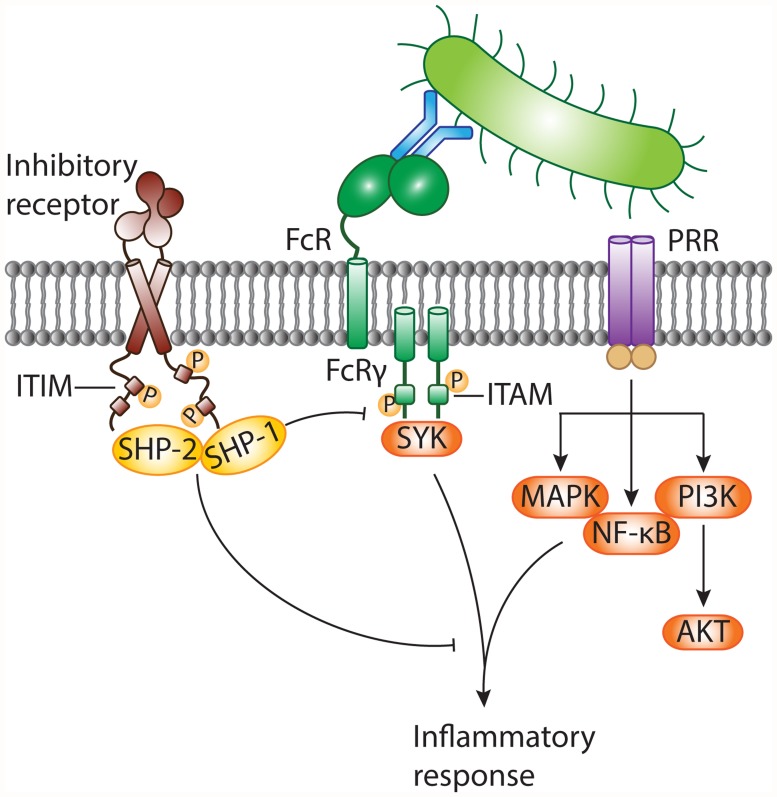Fig 1. Negative modulation of inflammatory responses against pathogens by ITIM-bearing inhibitory receptors.
Invasion of the host by bacteria results in the appearance of pathogen-associated molecular patterns (PAMPs). These danger signals are sensed by pattern recognition receptors (PRRs), including TLRs, on the surface of sentinel cells. Bacteria can be opsonized with antibodies and are recognized by cell surface Fc receptors (FcRs) associated with the immunoreceptor tyrosine-based activation motif (ITAM)-containing FcR common γ chain. FcRs generally transmit activating signals through activation of the protein tyrosine kinase SYK, while diverse signaling cascades (such as activation of MAPK, NF-κB, and PI3K) are relayed by PRRs. The inflammatory response against non-self is essential to combat invading bacteria. On the other hand, the antibacterial response needs to be controlled to prevent collateral tissue damage. Inhibitory receptors often possess immunoreceptor tyrosine-based inhibitory motifs (ITIMs) within their intracellular tails. Following receptor engagement, tyrosine residues within the ITIMs are phosphorylated and become docking sites for cytosolic protein tyrosine phosphatases, such as SHP-1 and SHP-2. These negative regulatory proteins terminate activating signals delivered by PRRs and/or ITAM-coupled FcRs and contribute to dampening of the inflammatory response. MAPK, mitogen-activated protein kinase; NF-κB, nuclear factor κB; PI3K, phosphoinositide 3-kinase.

